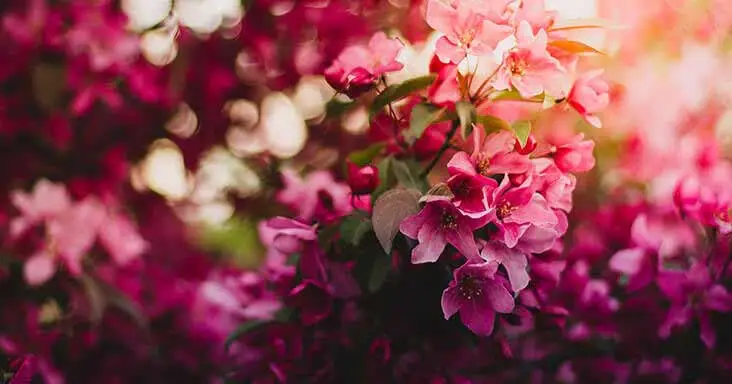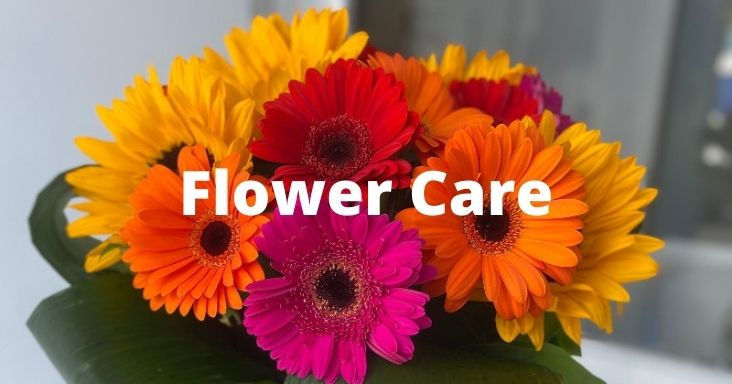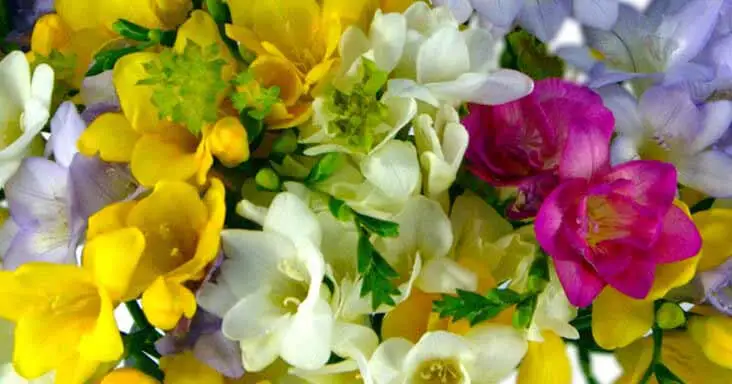Our Clare Florist blog last Thursday was a little bit ...electrifying. It seems like you all loved the photographic work of photographer Robert Buelteman. His amazing photos take huge amounts of work to put together; first the great man prepares his flowers by shaving them into the perfect shape and arrangement with a scalpel, then he places them in liquid silicone between two sheets of plexiglass, and finally he runs thousands of volts through the in order to take those stunning bright-blue photographs.
Needless to say, it would be a tad risky to attempt this at home.
However, not all plant photography comes off as a cross between the work of Heston Blumenthal and Doctor Frankenstein. Some of it just requires a camera, a flower and a little bit of patience. So we've searched around the internet to find professionals' top tips on the best way to take effective flower photographs. Here's a few of the best tips and tricks...
 This image is wonderfully...sharp.
This image is wonderfully...sharp.
1) First up, flower photographer Clive Nichols gives some great flower photo advice on his website. "Plants are fragile, ephemeral and often not as photogenic as they first appear, says Clive. "To take a perfect flower photograph you must choose the best specimen you can – so examine every bloom closely before pressing the shutter."
Clive also emphasises the importance of contextualising your flower photo: "Like a picture on a wall, many garden vistas can be improved if they are given a ‘frame’. Archways, pergolas, doorways, gates, openings in hedges – all can be used to frame the view of a scene beyond, drawing your eye into or out of a garden."
2) Another website, photo equipment retailer Tabletop Studio, places the emphasis on hardware: "It is worth getting your camera's manual out to find out how to put the camera in "spot focus" mode. The normal focus mode of most digital cameras is some sort of average focus mode. That means that the camera will try to look at an area and base the focus on an area of what it sees. It's better for close up photography to put the camera into spot focus mode, this will allow you to see exactly what the camera will be focusing on."
3) And finally, About.com warns against your natural assumption that the sunniest days will give you the brightest, prettiest pictures: "instead, take flower pictures when it's overcast, or in the morning, afternoon or evening when the sun isn't as bright and overpowering. This will result in more saturated colors in the blooms of the flowers."
Combining these tips should give you enough basic ideas to get you out in the garden and happily clicking away. There's nothing like practice, making mistakes, and trial-and-error for improving your skills though, so the most important thing is simply to get that camera in your hand, and find some flowers worth snapping!






